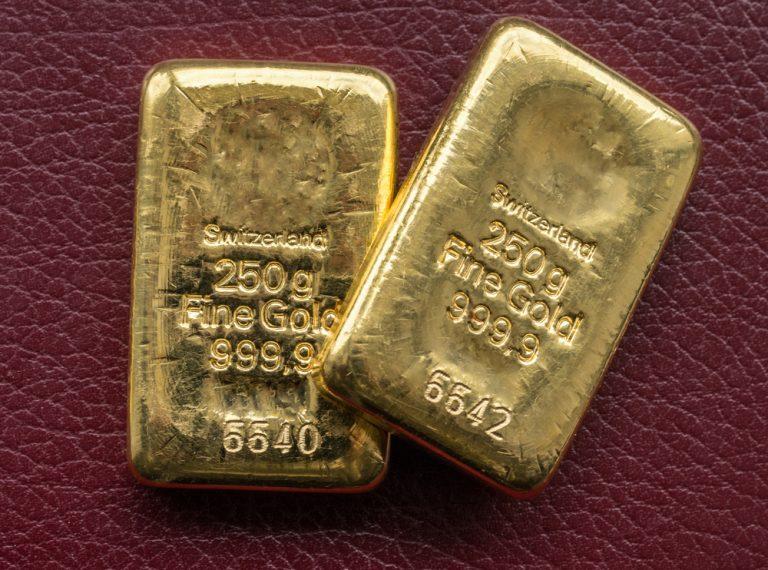
As the much anticipated Fed Base rate decision looms on the horizon, I thought I would have a look at one of the most turbulent relationships in the market which is never short of offering up some form of drama: Gold and the USD.
To the untrained eye, they seem to never get along. One pushes and the other shoves – but all great love affairs are complicated.
To begin with, the USD and gold have had something special in common for a long time, something very few financial assets have managed to attain – both belong to the exclusive safe-haven club. Along with the Japanese Yen and Swiss Franc, these two frenemies are often traders’ choice at times of financial uncertainty.
Still, the complication appears because there is an obvious inverse relationship between the US currency and the precious metal; when one rises the other falls, and vice versa. The market equation tends to be as follows:
High USD price = Low gold price
Low USD price = High gold price
Despite this recurrent equation, at any given time both gold and USD could move in the same direction. Let’s delve back in history and see why these old friends became so closely related to each other in the first place.
It can all be traced back to a vital date which changed the face of the economy; July 22nd 1944. On that fateful date the “Bretton Woods Agreement” was signed off, pegging currencies to the price of gold and considering the U.S. dollar the world’s reserve currency, which meant it would be linked to the price of gold. It was a landmark system for monetary exchange rates, and it was the first meeting between the two so to speak.
This sweet relationship lasted until 1971 when a nasty break up occurred due to concerns that the USD was overvalued, and so U.S. President at the time, Richard Nixon called for a temporary suspension of the dollar’s convertibility which made gold prices vulnerable to the USDs external value, and that was enough to break their closely linked near 30-year connection.
In the minds of investors and traders however, the two will stay closely linked. This mentality has led to close correlation in the movement of the two. In 2008 the International Monetary Fund (IMF) estimated that 40 to 50 percent of the moves in gold prices since 2002 were related to the US dollar.
The correlation can even be easily identified in the recent financial crisis which started in 2008; the USD initially crashed against other currencies such as the euro and British pound, leading to the Federal Reserve cutting interest rates and introducing several rounds of quantitative easing.
But how did gold react? Well it hit an all-time high in August of 2011.
Since then we have seen two US rate hikes in 2016, and gold prices have stalled – US dollar rises gold falls.
This becomes relevant today because of the Fed’s decision on increasing interest rates again, due on the 15th of March. For many it is a done deal, in fact according to Bloomberg’s World Interest Rate Probability, there is a 100 percent chance of a rate hike.
This may explain why gold has fallen after seeing an impressive start to 2017 and reaching around $1263 in February. Where gold will be following the 15th, only time will tell.
The attraction to this evergreen relationship between gold and the US dollar needs no further proof than seeing that almost 75 years after gold and the USD were officially linked in Bretton Woods, there is still a psychological tilt towards the yellow metal when the value of the US dollar decreases. Their relationship seems destined to be at odds for a very long time, and this story is for the ages.
This is a guest post by James Trescothick, the Chief Global Strategist at EasyMarkets.
Risk warning: Forward Rate Agreements, Options and CFDs (OTC Trading) are leveraged products that carry a substantial risk of loss up to your invested capital and may not be suitable for everyone. Please ensure that you understand fully the risks involved and do not invest money you cannot afford to lose. Our group of companies through its subsidiaries is licensed by the Cyprus Securities & Exchange Commission (Easy Forex Trading Ltd- CySEC, License Number 079/07), which has been passported in the European Union through the MiFID Directive and in Australia by ASIC (Easy Markets Pty Ltd -AFS license No. 246566).
